Zeolite Granules
Zeolite granules are small, porous mineral granules with strong ion-exchange and adsorption properties. They are widely used in various applications including aquaculture, water treatment, and agriculture, primarily due to their ability to remove impurities and improve water quality.
Zeolite Powder
Natural zeolites form where volcanic rocks and ash layers react with alkaline groundwater. Zeolites also crystallize in post-depositional environments over periods ranging from thousands to millions of years in shallow marine basins. Naturally occurring zeolites are rarely pure and are contaminated to varying degrees by other minerals, metals, quartz, or other zeolites. For this reason, naturally occurring zeolites are excluded from many important commercial applications where uniformity and purity are essential.
Multani Mitti
Basic Ayurveda's Fuller’s Earth, commonly known as Multani Mitti has been used for skincare since centuries. It is known to be an excellent skin-cleansing agent that helps to clean the skin from oil, dirt and dead cells caused due to the polluted environment. Fuller's earth is any clay material that has the capability to decolorize oil or other liquids without the use of harsh chemical treatment. Fuller's earth typically consists of palygorskite (attapulgite) or bentonite. Modern uses of fuller's earth include as absorbents for oil, grease, and animal waste (cat litter) and as a carrier for pesticides and fertilizers. Minor uses include filtering, clarifying, and decolorizing; active and inactive ingredient in beauty products; and as a filler in paint, plaster, adhesives, and pharmaceuticals.
Gypsum Powder
Gypsum is a soft sulfate mineral composed of calcium sulfate dihydrate, with the chemical formula CaSO4·2H2O. It is widely mined and is used as a fertilizer and as the main constituent in many forms of plaster, blackboard/sidewalk chalk, and drywall. A massive fine-grained white or lightly tinted variety of gypsum, called alabaster, has been used for sculpture by many cultures including Ancient Egypt, Mesopotamia, Ancient Rome, the Byzantine Empire, and the Nottingham alabasters of Medieval England. Gypsum also crystallizes as translucent crystals of selenite. It also forms as an evaporite mineral and as a hydration product of anhydrite.
About Us
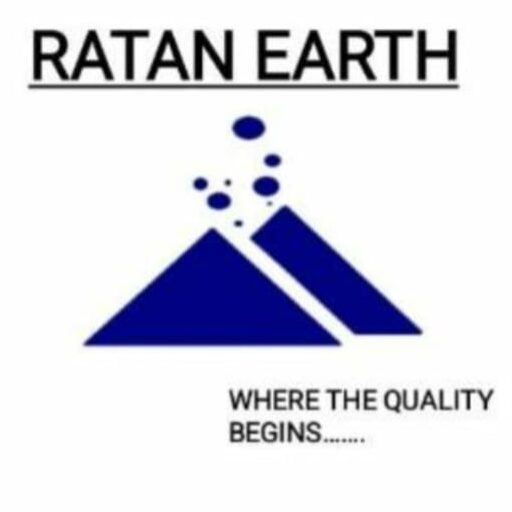
We, Ratan Earth, are mine owners and India's largest manufacturers of Diatomaceous Earth Powder, white bentonite powder, kaolin powder. Our other products are Natural Gypsum powder, HSCAS Powder, Silicon powder, (soil conditioner) Zeolite powder. (use Animal feed & food toxin binder supplement use. ,aqua,poltry & agro grade ) ,Bentonite,Multani Mitti, Fullers earth,( multani ) special grade or special mass specialist in barmer. Amorphous Silica, Siliceous Earth Powder, Yellow & white puma powder pigments grade, Attapulgite powder and other minerals & Natural and universal (powder) granules any mineral any size granules.
Why Choose Us?
Featured Product
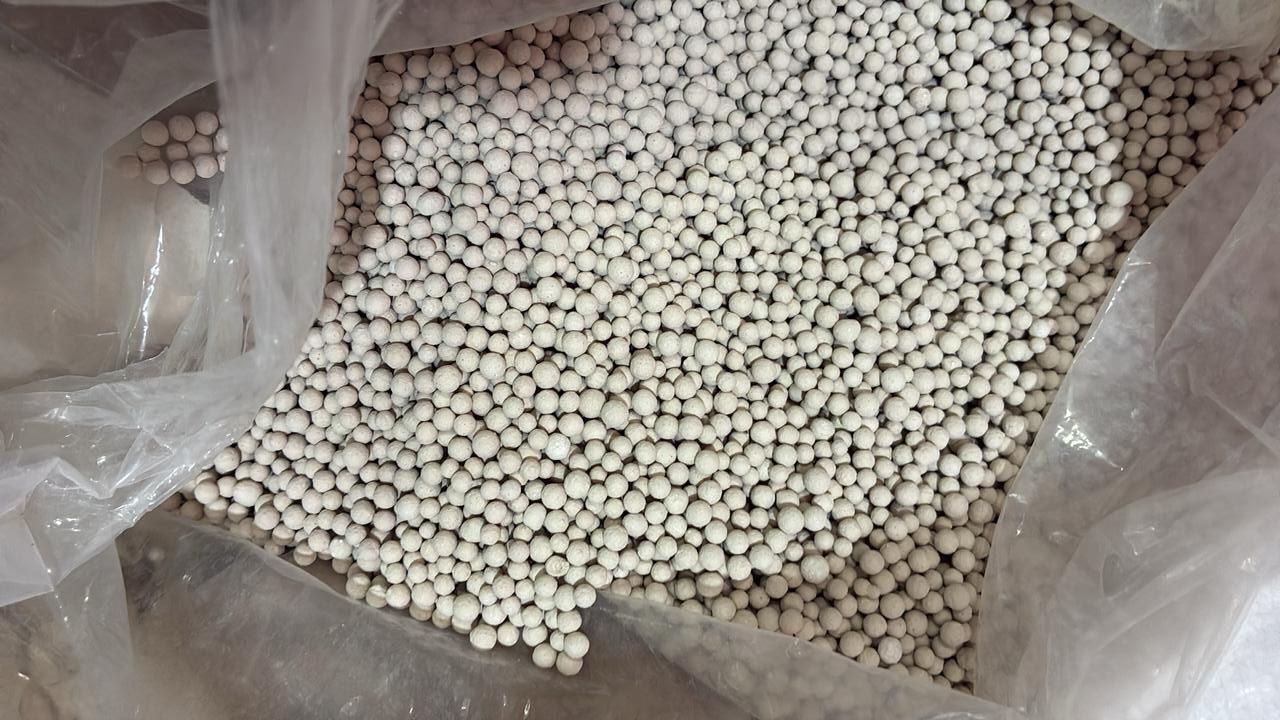
Zeolite Granules
Zeolite granules are small, porous mineral granules with strong ion-exchange and adsorption properties. They are widely used in various applications including aquaculture, water treatment, and agriculture, primarily due to their ability to remove impurities and improve water quality.
Other Products
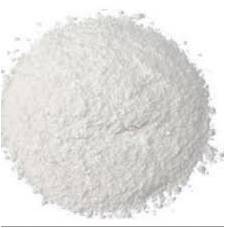
1. Zeolite Powder
Natural zeolites form where volcanic rocks and ash layers react with alkaline groundwater. Zeolites also crystallize in post-depositional environments over periods ranging from thousands to millions of years in shallow marine basins. Naturally occurring zeolites are rarely pure and are contaminated to varying degrees by other minerals, metals, quartz, or other zeolites. For this reason, naturally occurring zeolites are excluded from many important commercial applications where uniformity and purity are essential.
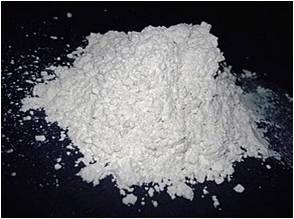
2. Diatomaceous Earth Powder
Diatomaceous earth ( /ˌdaɪ.ətəˌmeɪʃəs ˈɜːrθ/, DE), diatomite or kieselgur/kieselguhr is a naturally occurring, soft, siliceous sedimentary rock that is easily crumbled into a fine white to off-white powder. It has a particle size ranging from less than 3 μm to more than 1 mm, but typically 10 to 200 μm. Depending on the granularity, this powder can have an abrasive feel, similar to pumice powder, and has a low density as a result of its high porosity. The typical chemical composition of oven-dried diatomaceous earth is 80–90% silica, with 2–4% alumina (attributed mostly to clay minerals) and 0.5–2% iron oxide Diatomaceous earth consists of fossilized remains of diatoms, a type of hard-shelled protist. It is used as a filtration aid, mild abrasive in products including metal polishes and toothpaste, mechanical insecticide, absorbent for liquids, matting agent for coatings, reinforcing filler in plastics and rubber, anti-block in plastic films, porous support for chemical catalysts, cat litter, activator in blood clotting studies, a stabilizing component of dynamite, a thermal insulator, and a soil for potted plants and trees like bonsai.
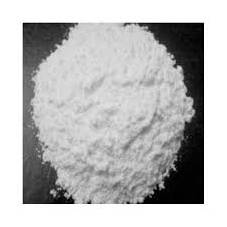
3. Silicon Powder
Silicon dioxide is an oxide of silicon with the chemical formula SiO2, most commonly found in nature as quartz and in various living organisms. In many parts of the world, silica is the major constituent of sand. Silica is one of the most complex and most abundant families of materials, existing as a compound of several minerals and as synthetic product. Notable examples include fused quartz, fumed silica, silica gel, and aerogels. It is used in structural materials, microelectronics (as an electrical insulator), and as components in the food and pharmaceutical industries Inhaling finely divided crystalline silica is toxic and can lead to severe inflammation of the lung tissue, silicosis, bronchitis, lung cancer, and systemic autoimmune diseases, such as lupus and rheumatoid arthritis. Inhalation of amorphous silicon dioxide, in high doses, leads to non-permanent short-term inflammation, where all effects heal.

4. Bentonite
Bentonite is now used extensively throughout the world in civil engineering, but the cost of transporting original “Wyoming” bentonite from the USA has led to the use of alternatives from other sources. A large proportion of bentonite now used is therefore from other parts of the world. It is important to recognise that the properties of bentonites from different sources vary, and to take these variations into account when deciding on the suitability of a particular bentonite for a specific purpose. The purpose of this document is to provide information that will enable a decision to be made as to whether or not a particular bentonite will produce a satisfactory support fluid, and to give guidance on the preparation, use, re-use and disposal of the bentonite slurry, and also on methods of testing. Since the first edition of this guide the use of polymer support fluids as an alternative to bentonite has become relatively common. Polymer support fluids are fundamentally different to bentonite support fluids and their scope is too great to be covered in this guide.
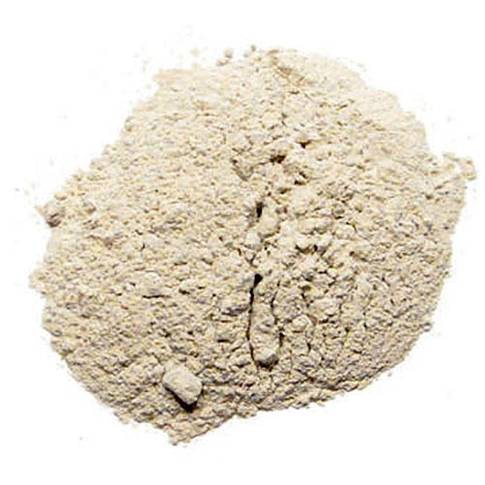
5. HSCAS Powder
Aluminas, silicas and aluminosilicates were evaluated for their ability to sorb radiolabeled aflatoxin B1 (AFB1) from aqueous solution (in vitro). Hydrated sodium calcium aluminosilicate (HSCAS) was selected for testing in vivo due to its high affinity for AFB1, because of its stable association with AFB1, and its GRAS (generally recognized as safe) status as an anticaking agent. The HSCAS, when added to the diet of Leghorn and broiler chicks at a level of .5%, significantly diminished the adverse effects of feeding 7.5 mg AFB1/kg of feed. Thus, this agent (and other aluminosilicate congeners) may prove effective in the preventive management of aflatoxicosis.

6. Multani Mitti
Basic Ayurveda's Fuller’s Earth, commonly known as Multani Mitti has been used for skincare since centuries. It is known to be an excellent skin-cleansing agent that helps to clean the skin from oil, dirt and dead cells caused due to the polluted environment. Fuller's earth is any clay material that has the capability to decolorize oil or other liquids without the use of harsh chemical treatment. Fuller's earth typically consists of palygorskite (attapulgite) or bentonite. Modern uses of fuller's earth include as absorbents for oil, grease, and animal waste (cat litter) and as a carrier for pesticides and fertilizers. Minor uses include filtering, clarifying, and decolorizing; active and inactive ingredient in beauty products; and as a filler in paint, plaster, adhesives, and pharmaceuticals. It also has a number of uses in the film industry and on stage.

7. Amorphous Silica
Amorphous Silica is an oxide of silicon with the chemical formula SiO2, most commonly found in nature as quartz and in various living organisms. In many parts of the world, silica is the major constituent of sand. Silica is one of the most complex and most abundant families of materials, existing as a compound of several minerals and as synthetic product. Notable examples include fused quartz, fumed silica, silica gel, and aerogels. It is used in structural materials, microelectronics (as an electrical insulator), and as components in the food and pharmaceutical industries Inhaling finely divided crystalline silica is toxic and can lead to severe inflammation of the lung tissue, silicosis, bronchitis, lung cancer, and systemic autoimmune diseases, such as lupus and rheumatoid arthritis. Inhalation of amorphous silicon dioxide, in high doses, leads to non-permanent short-term inflammation, where all effects heal.

8. Gypsum Powder
Gypsum is a soft sulfate mineral composed of calcium sulfate dihydrate, with the chemical formula CaSO4·2H2O. It is widely mined and is used as a fertilizer and as the main constituent in many forms of plaster, blackboard/sidewalk chalk, and drywall. A massive fine-grained white or lightly tinted variety of gypsum, called alabaster, has been used for sculpture by many cultures including Ancient Egypt, Mesopotamia, Ancient Rome, the Byzantine Empire, and the Nottingham alabasters of Medieval England. Gypsum also crystallizes as translucent crystals of selenite. It also forms as an evaporite mineral and as a hydration product of anhydrite.
Our Mines
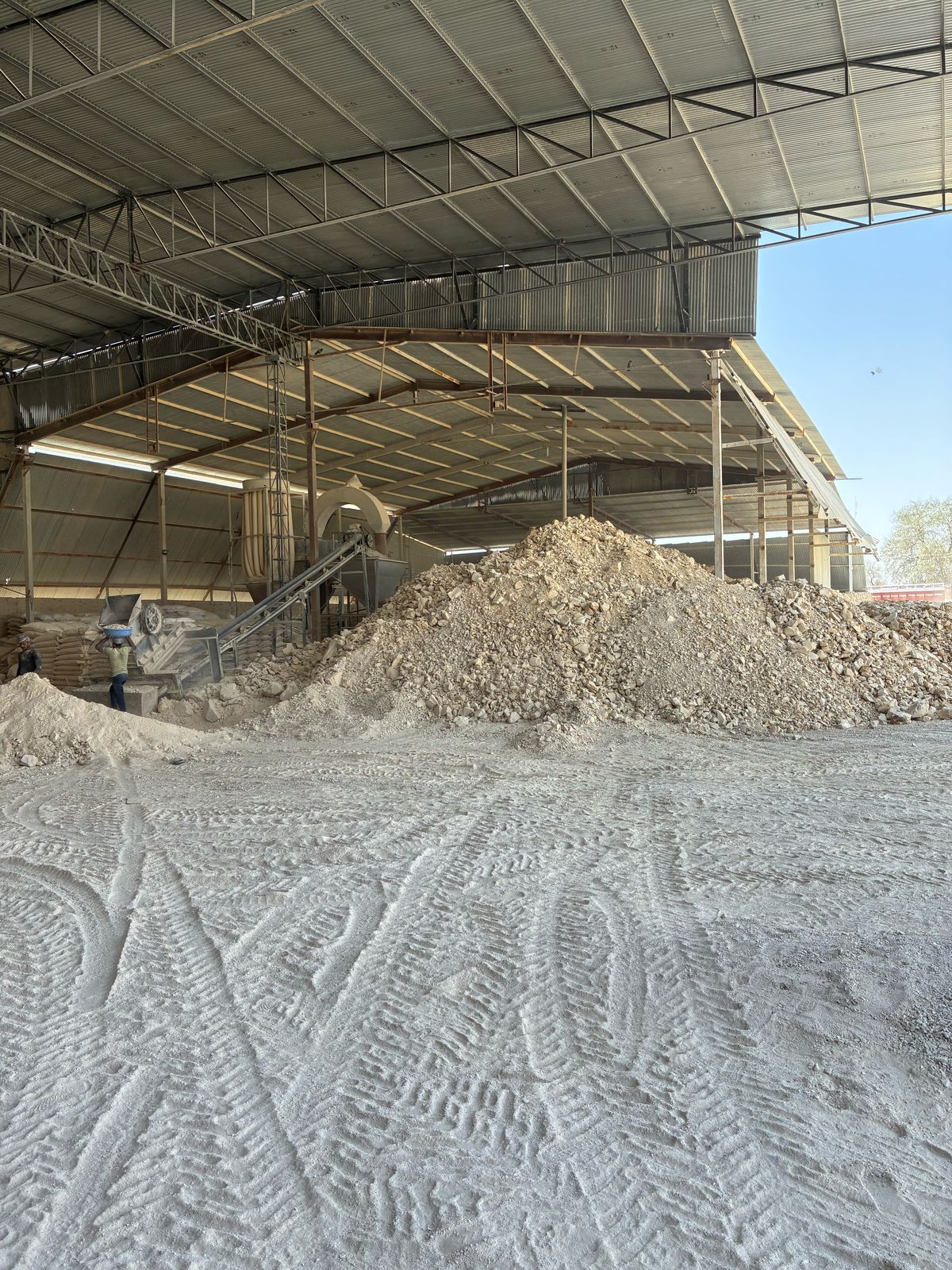
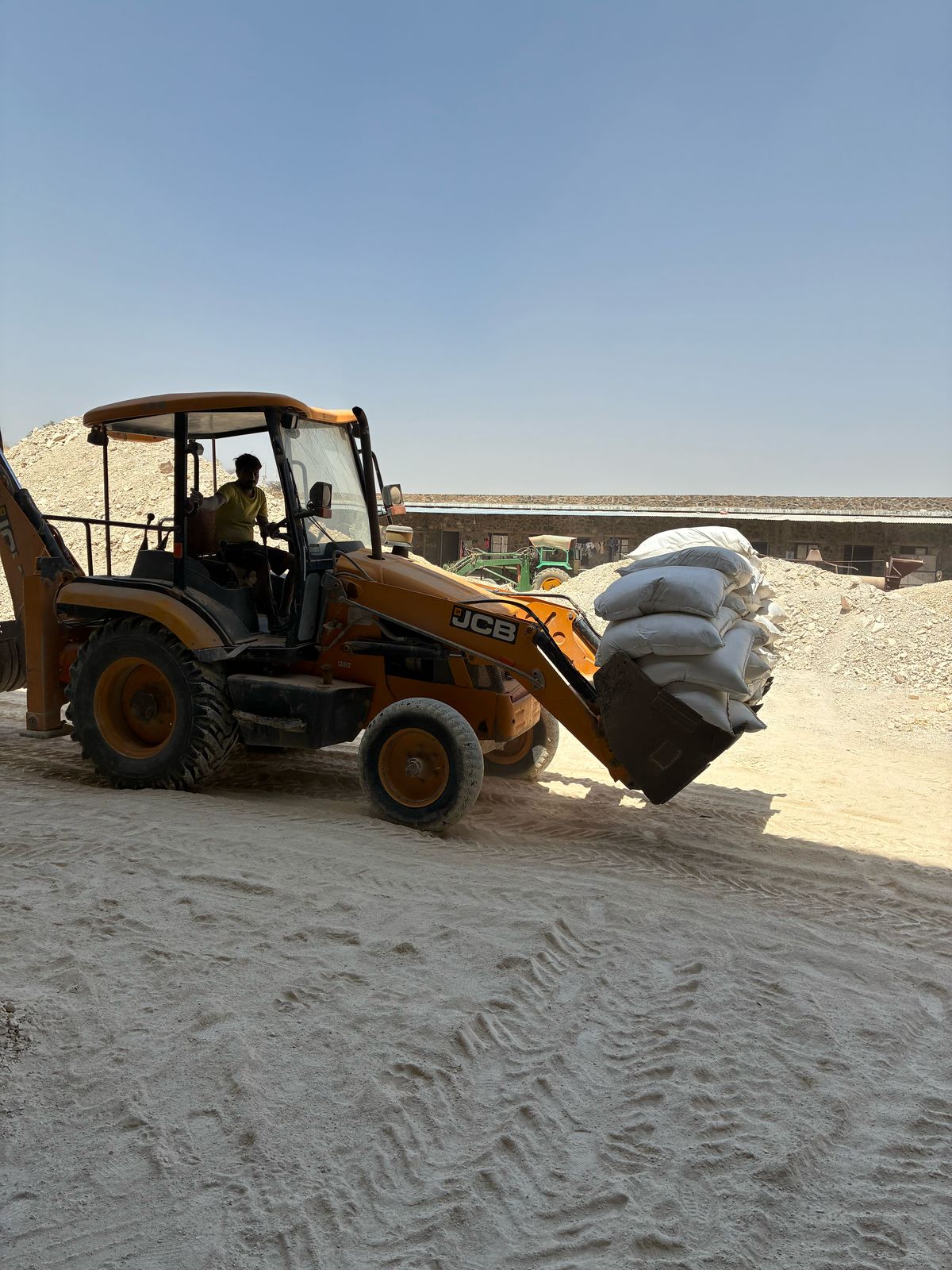
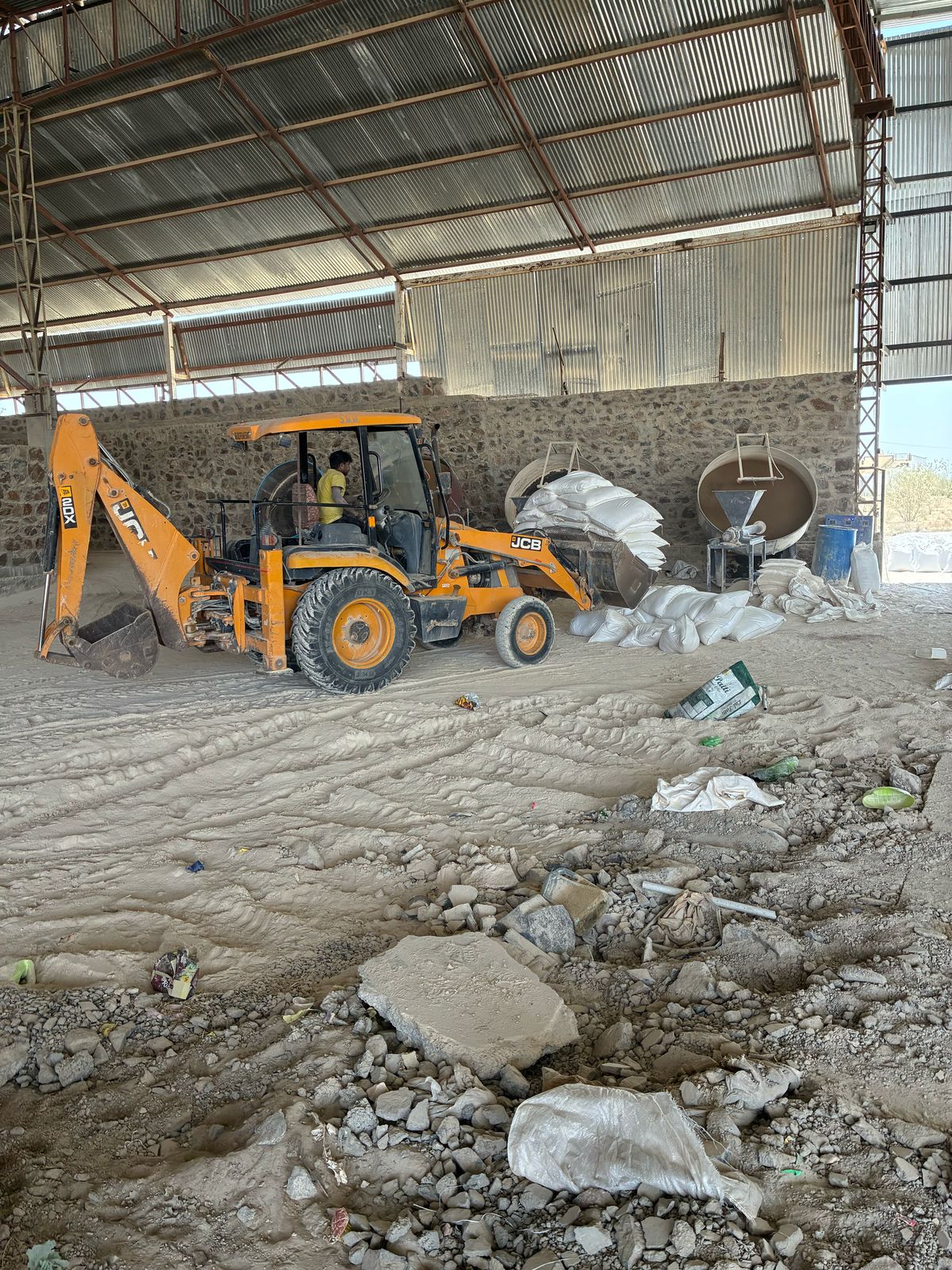
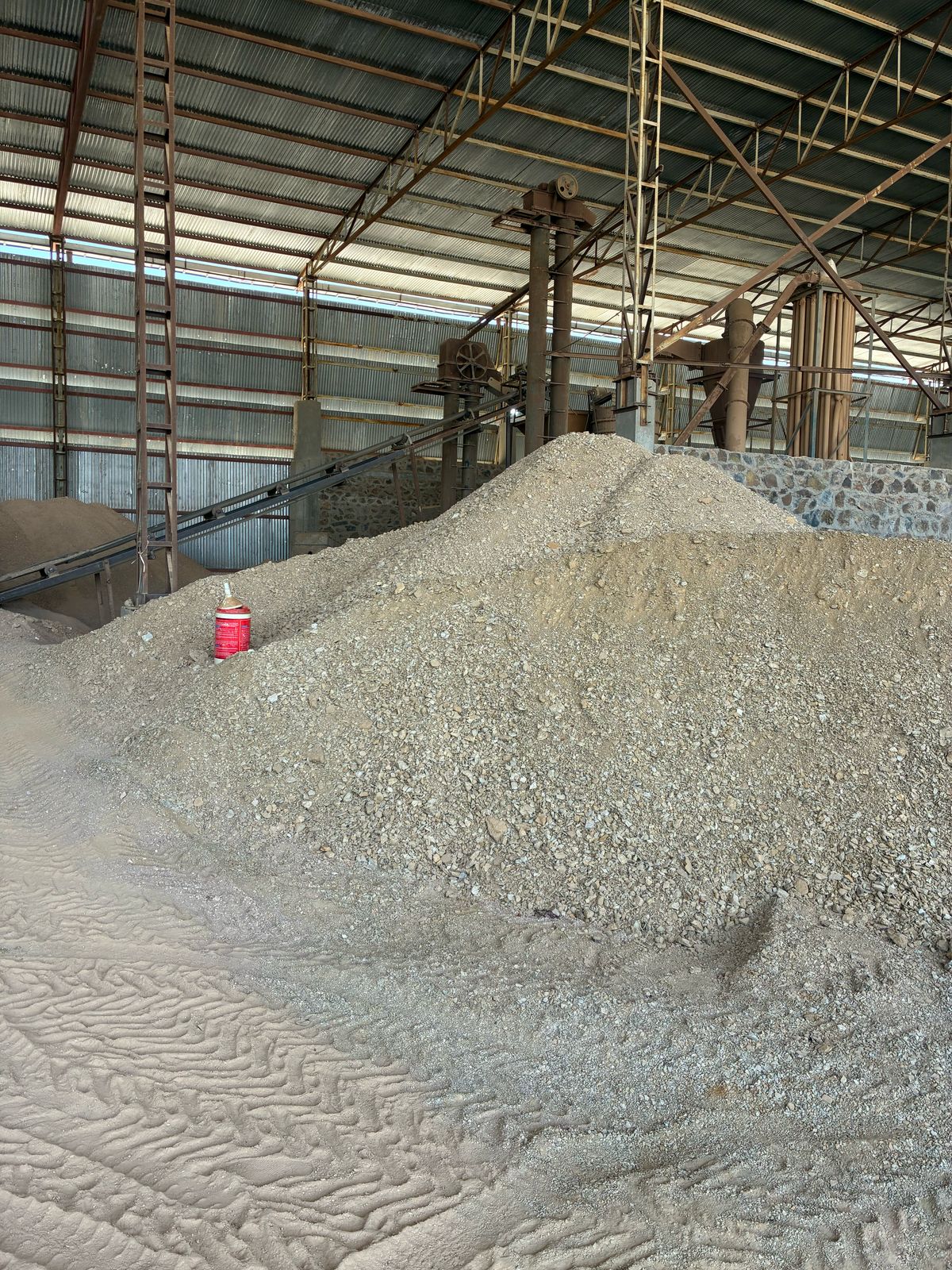
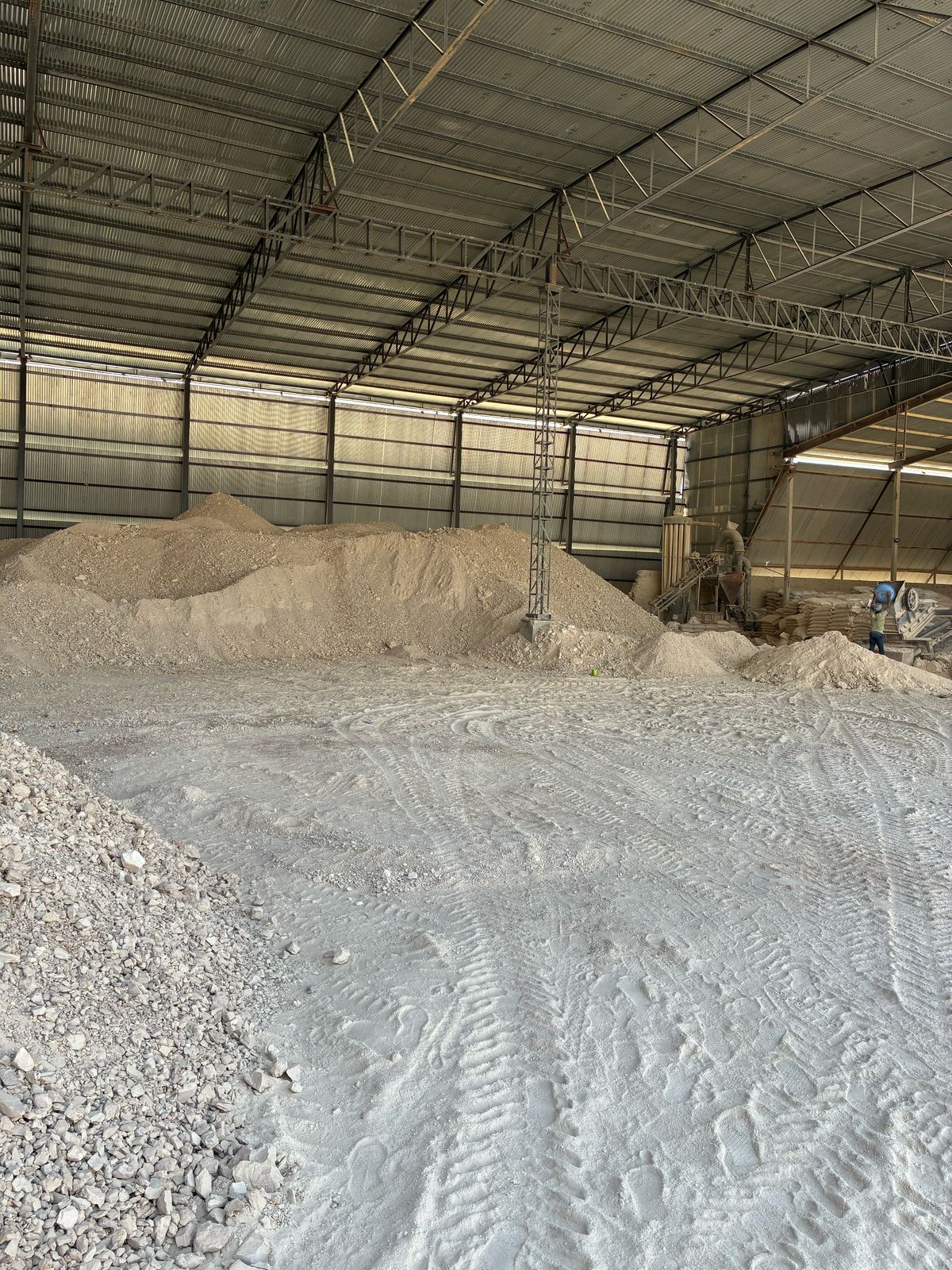
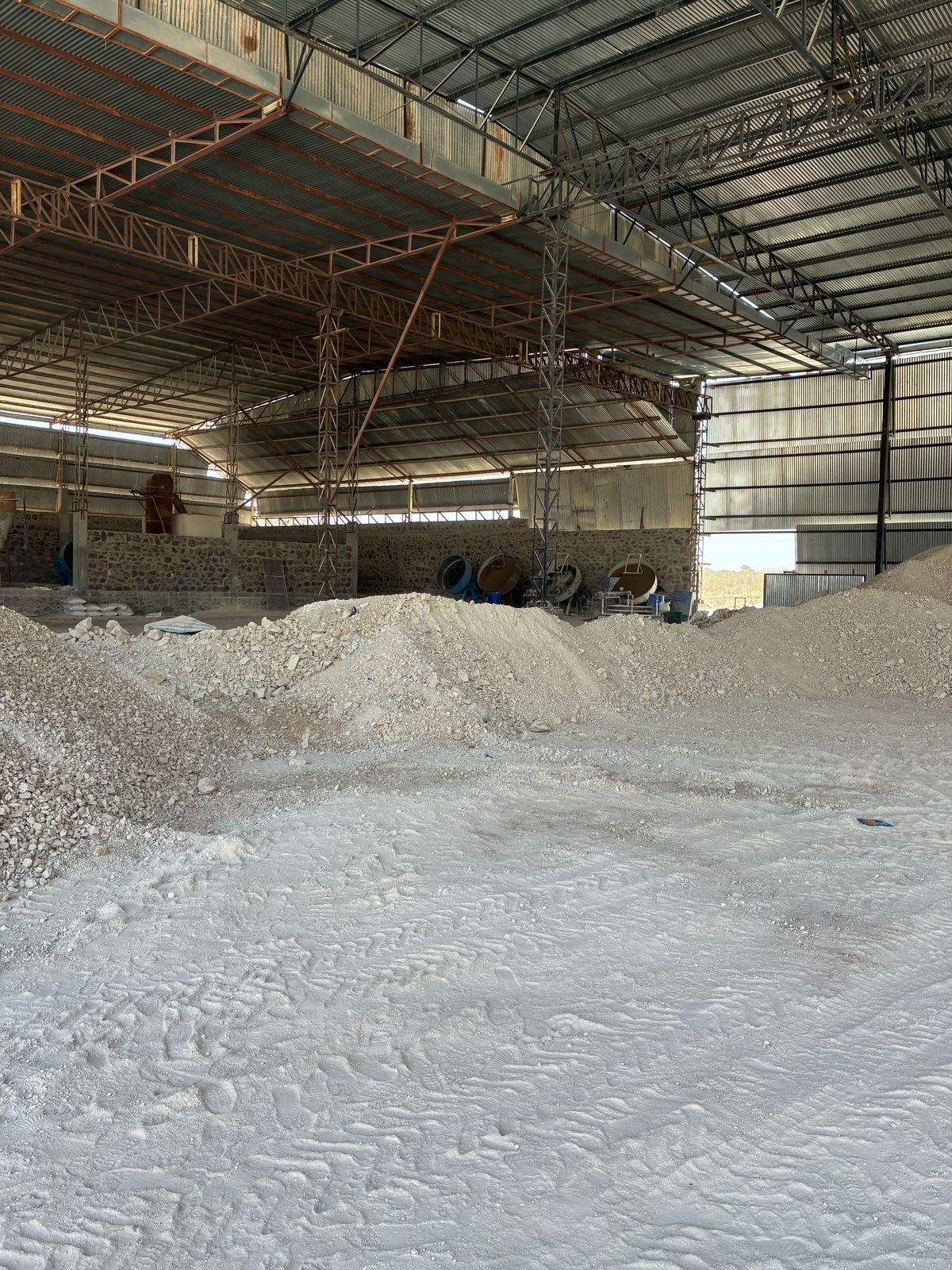
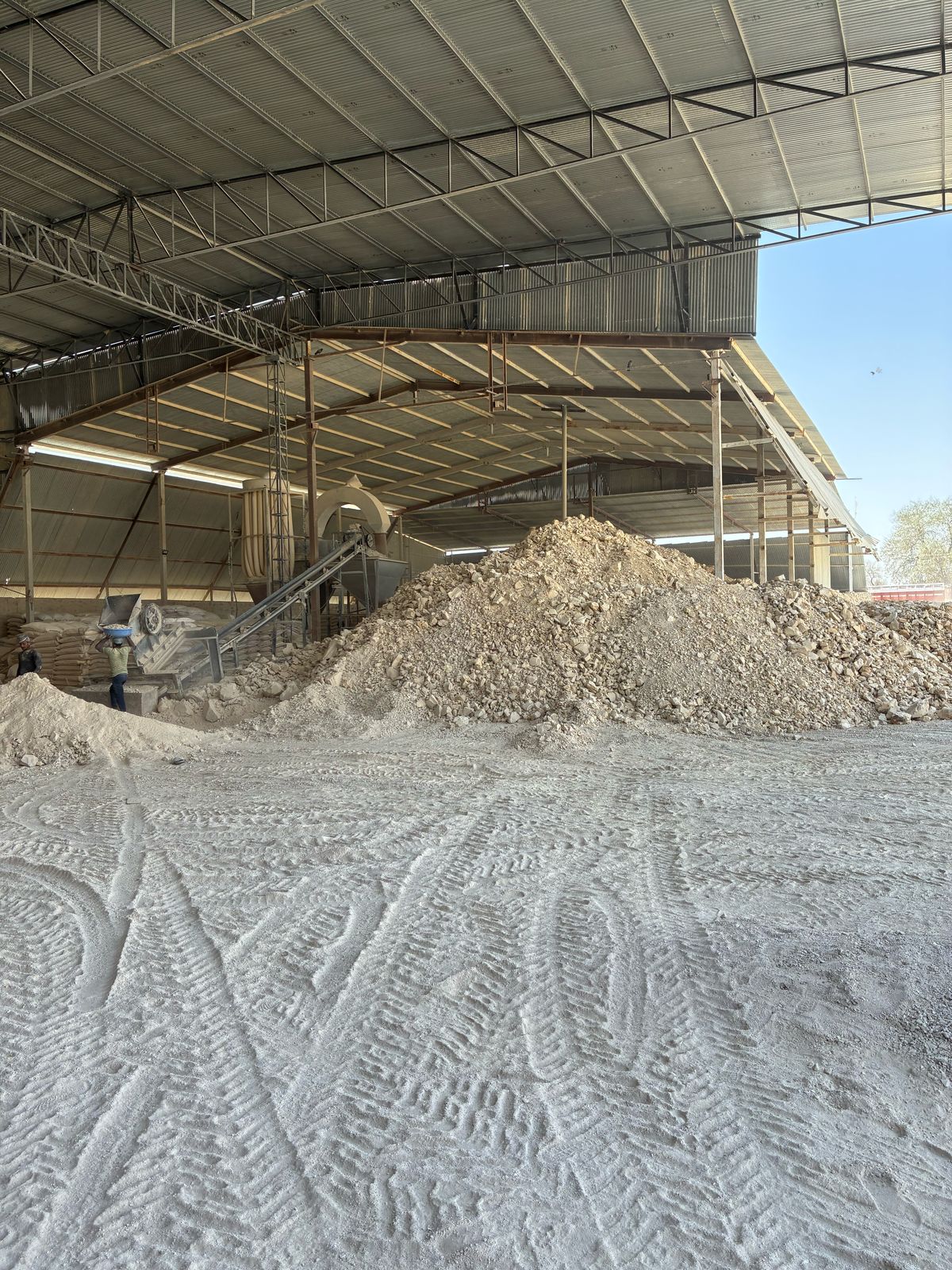
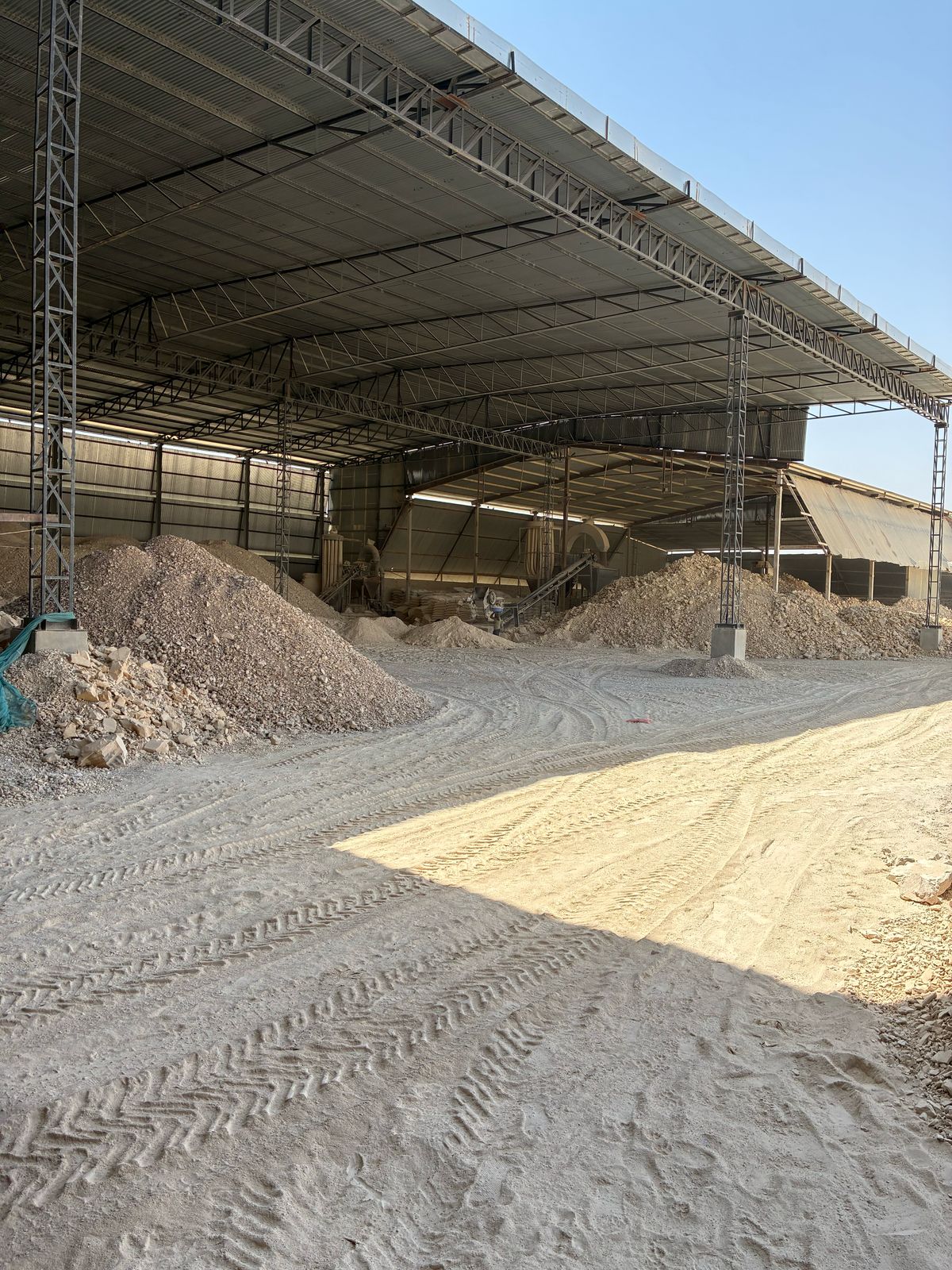
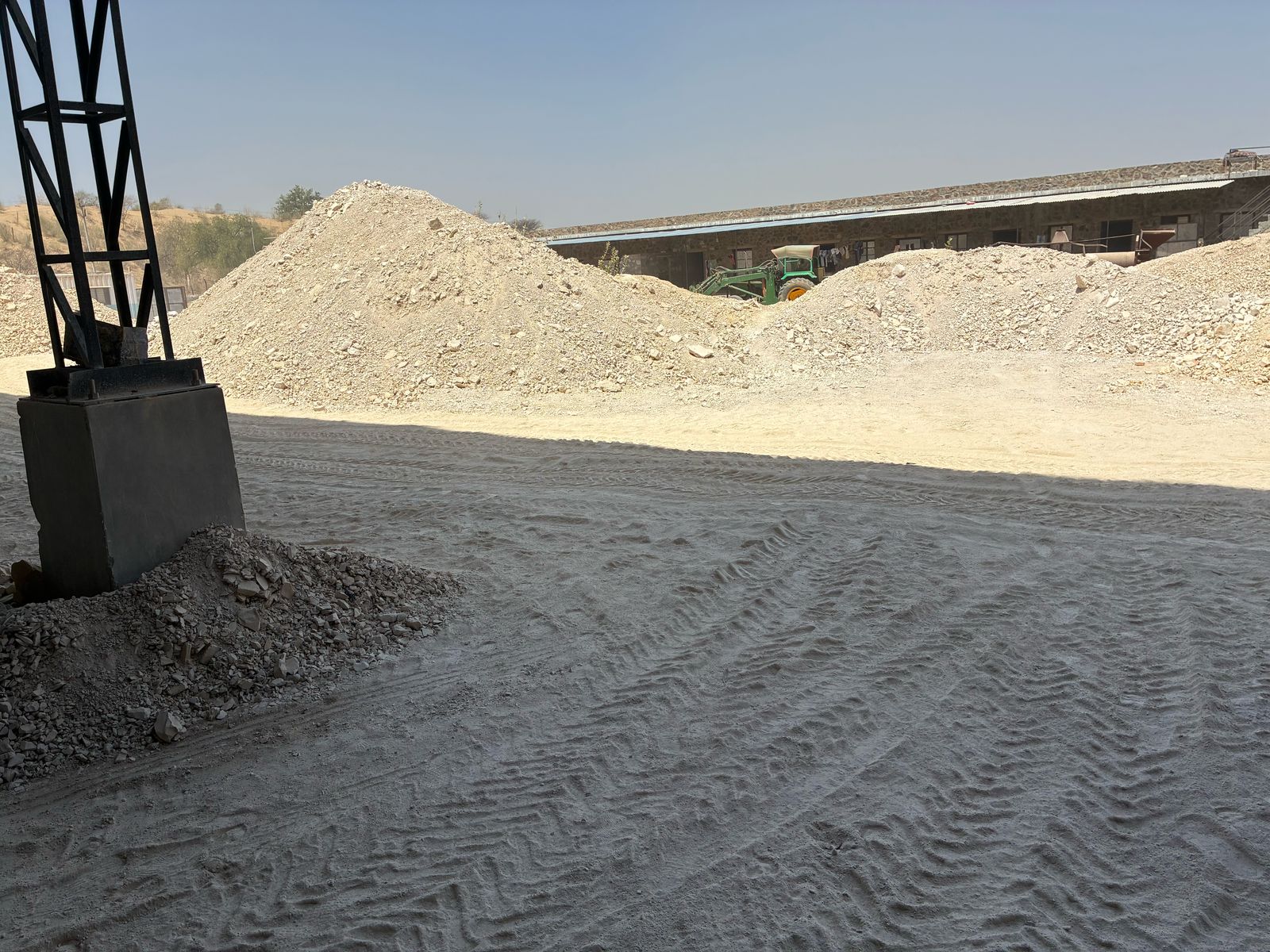
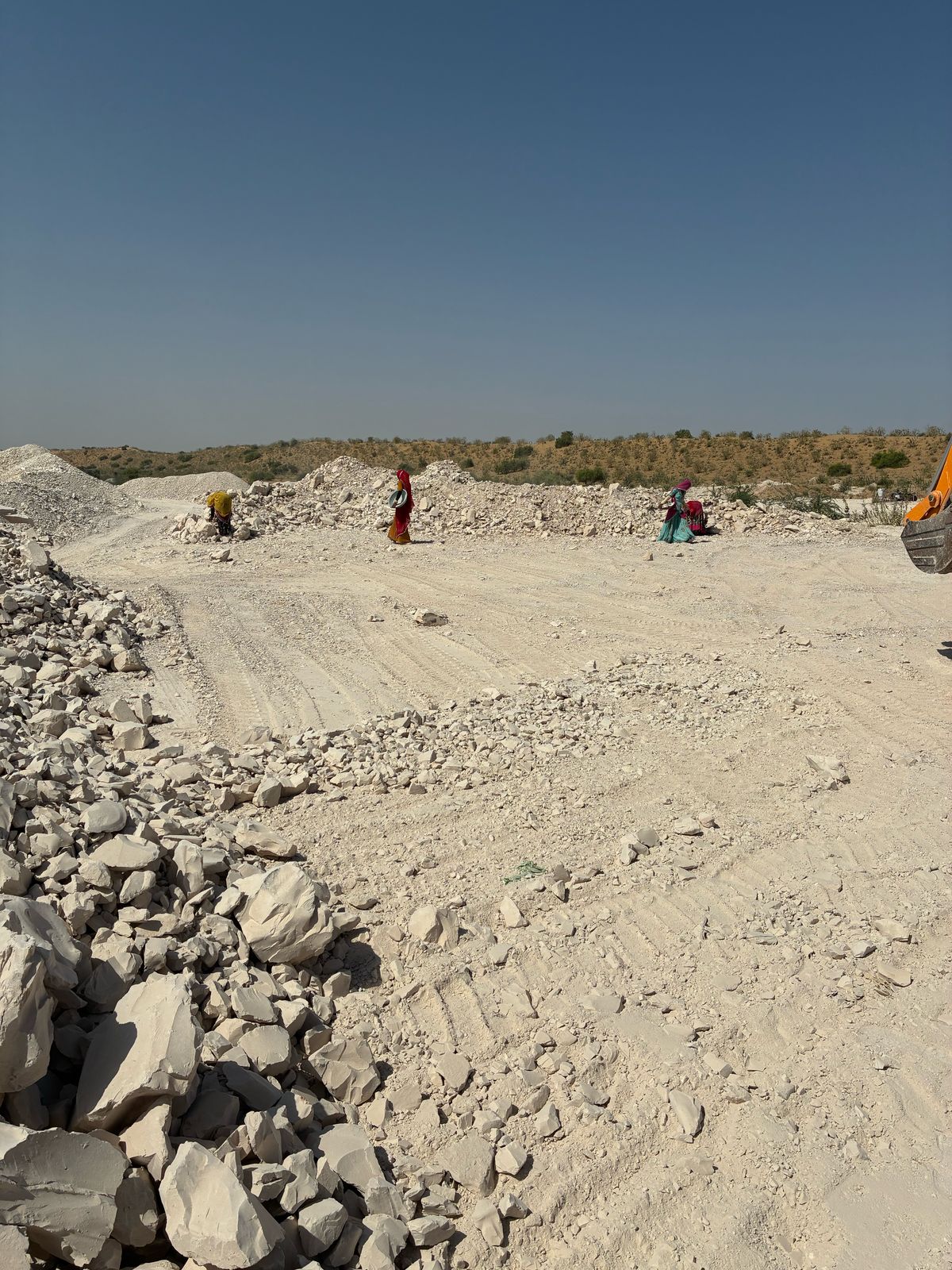
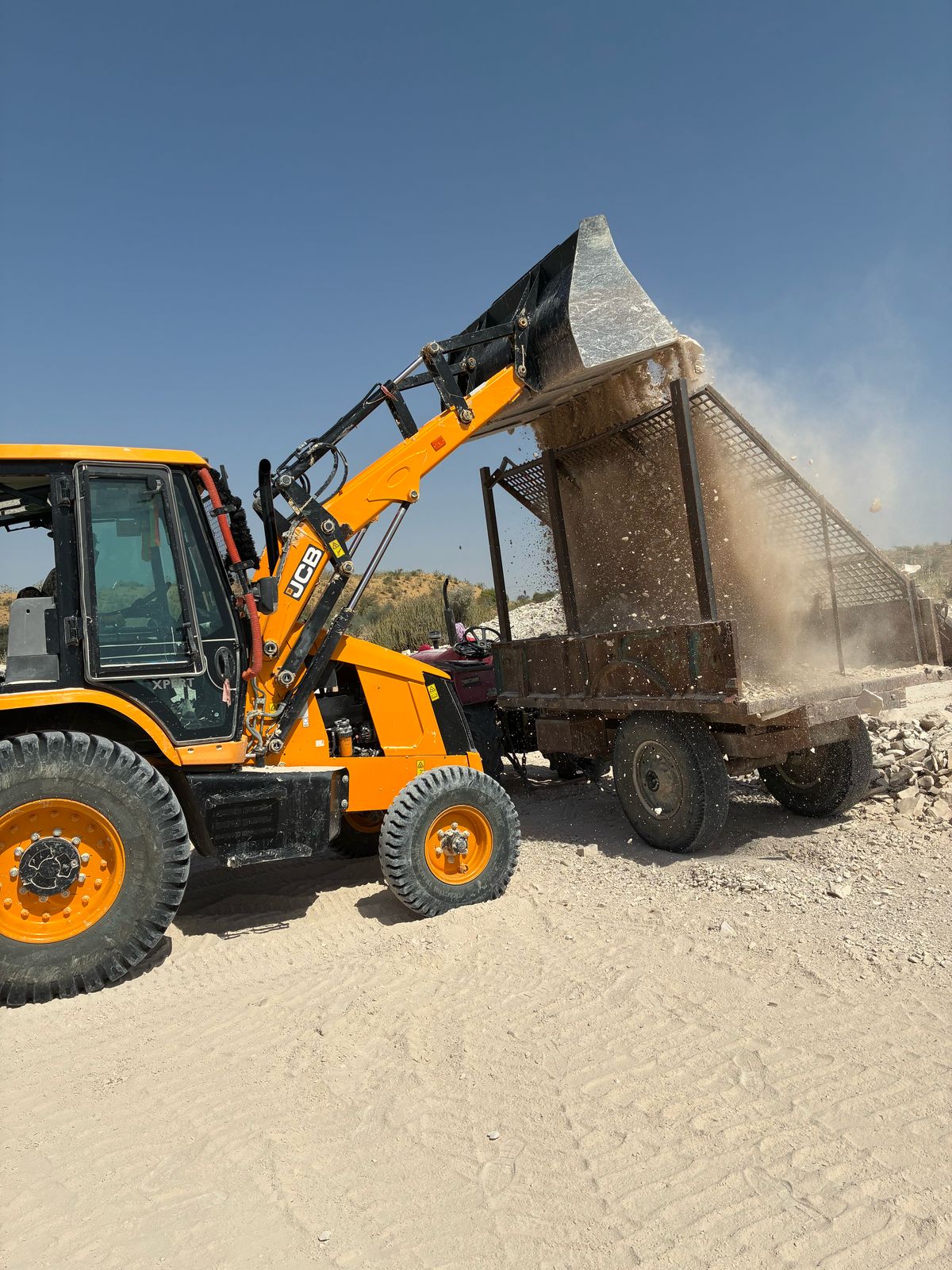
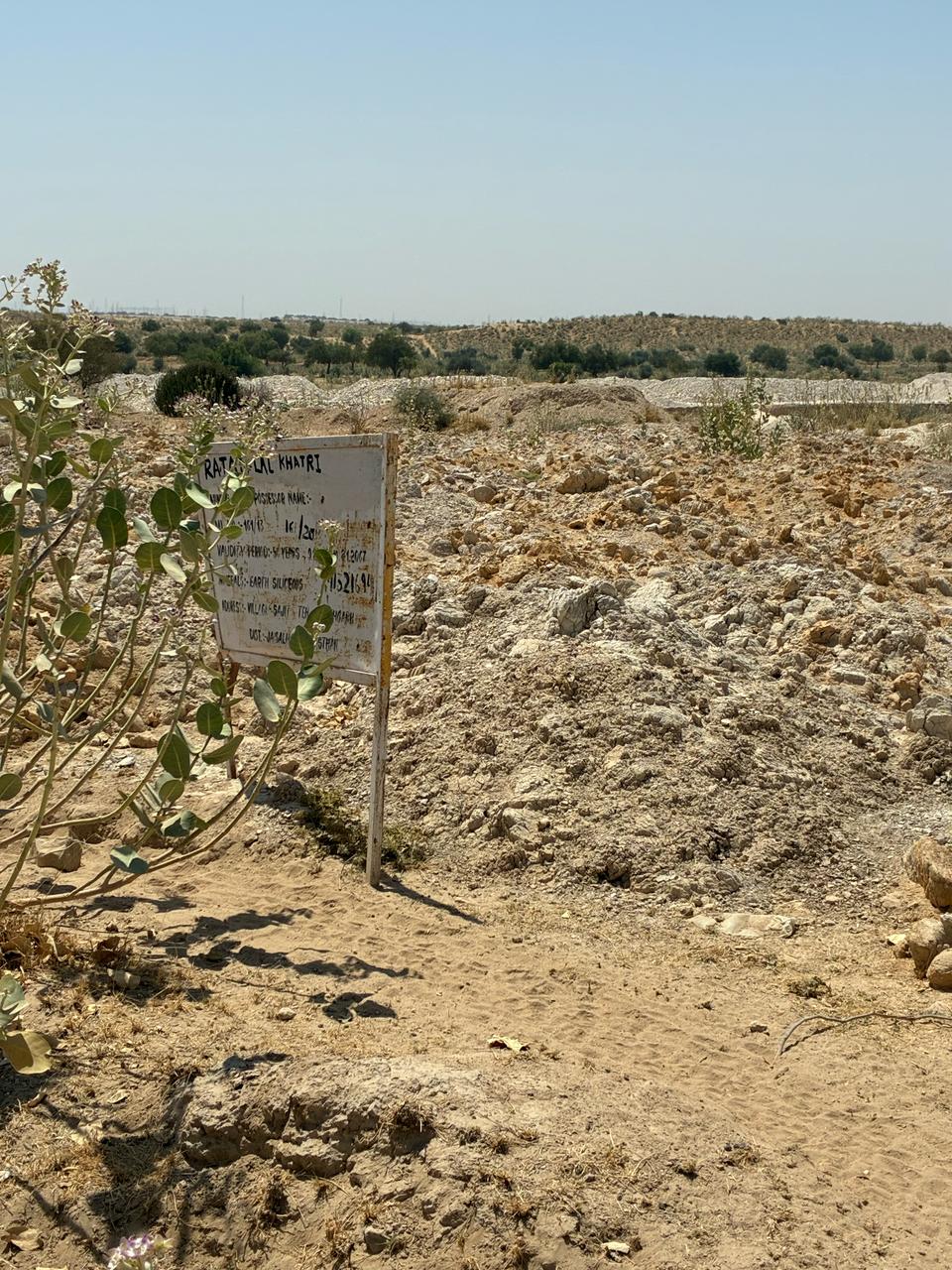
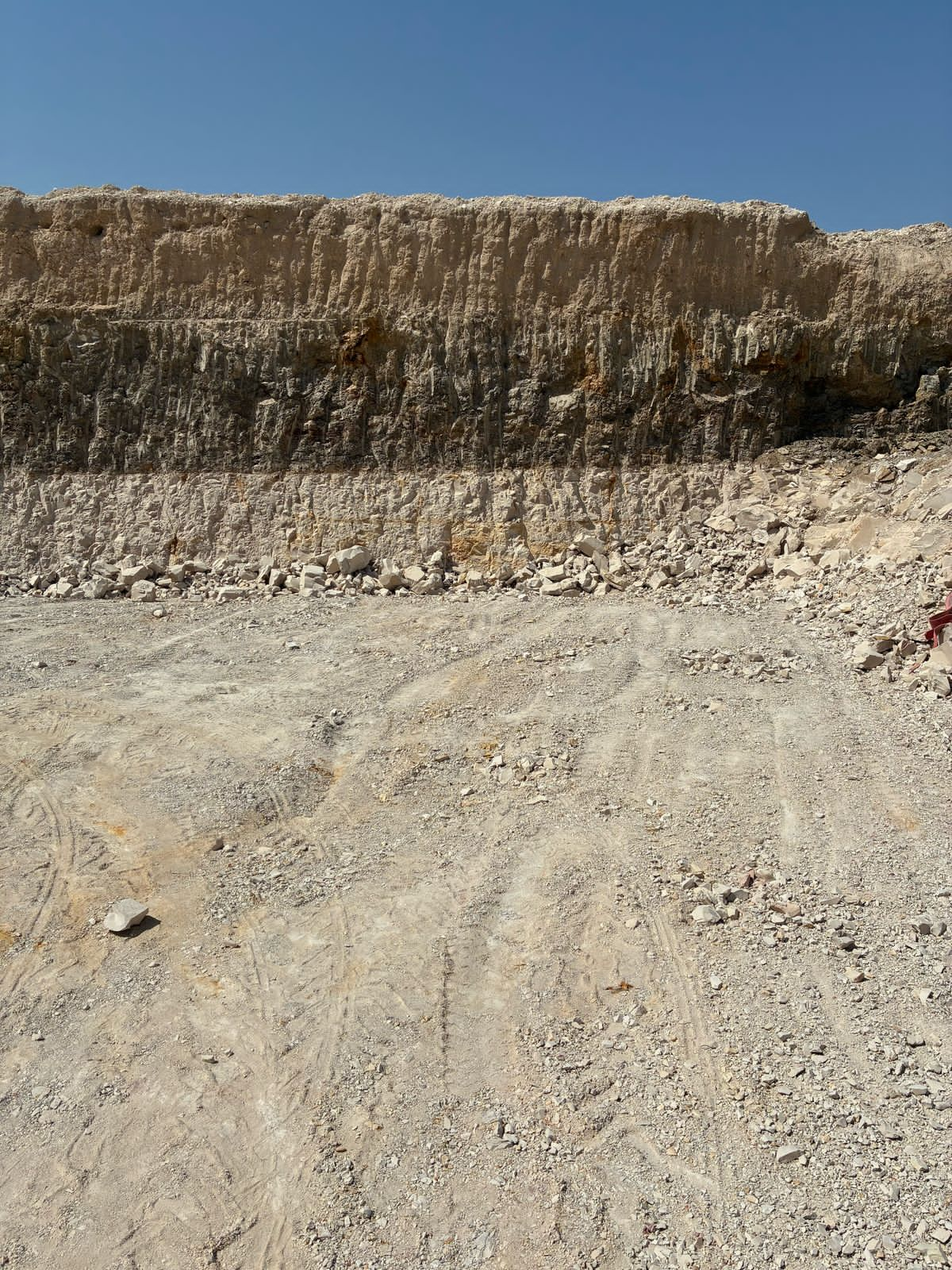
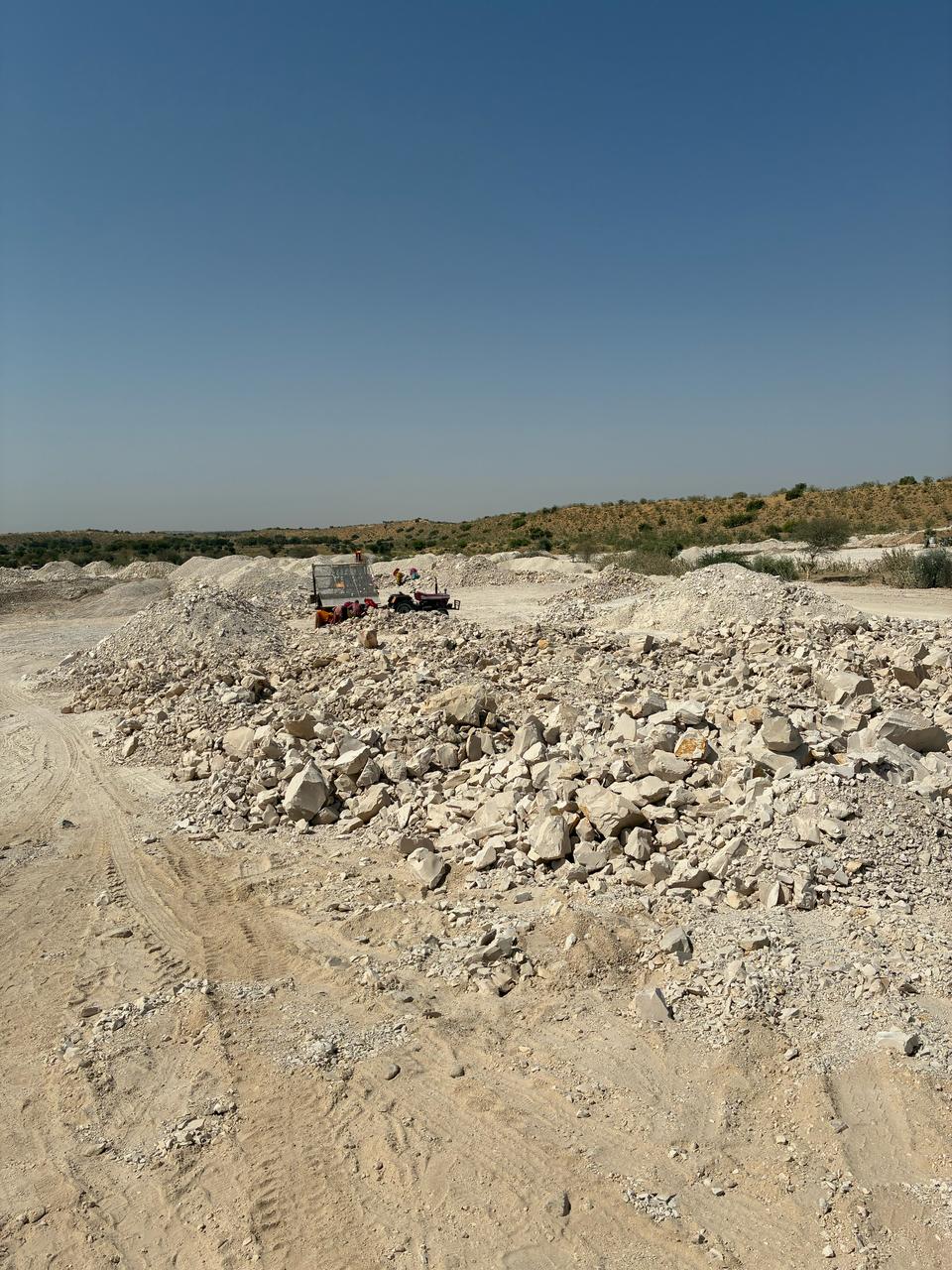
Our Labs
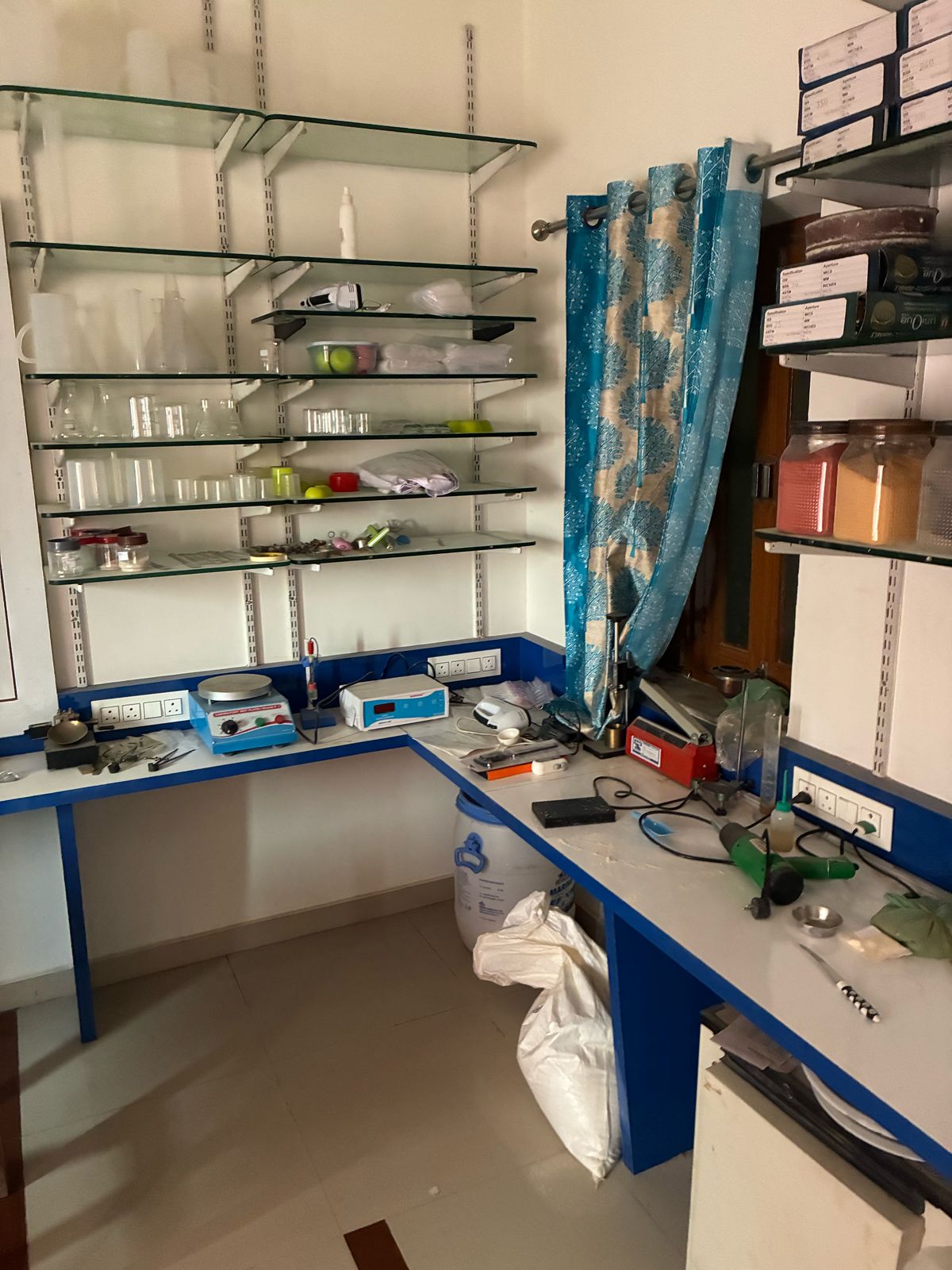
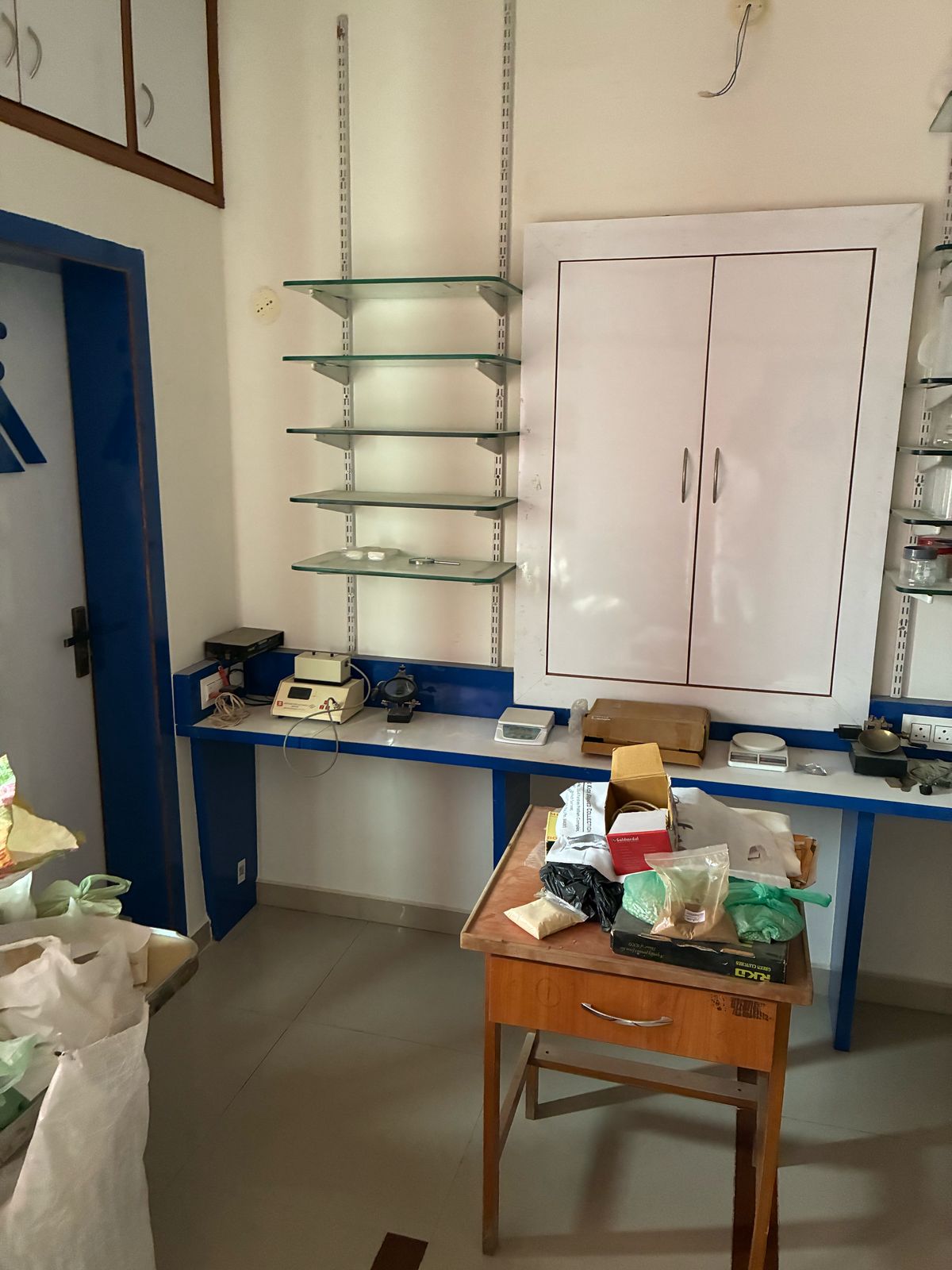
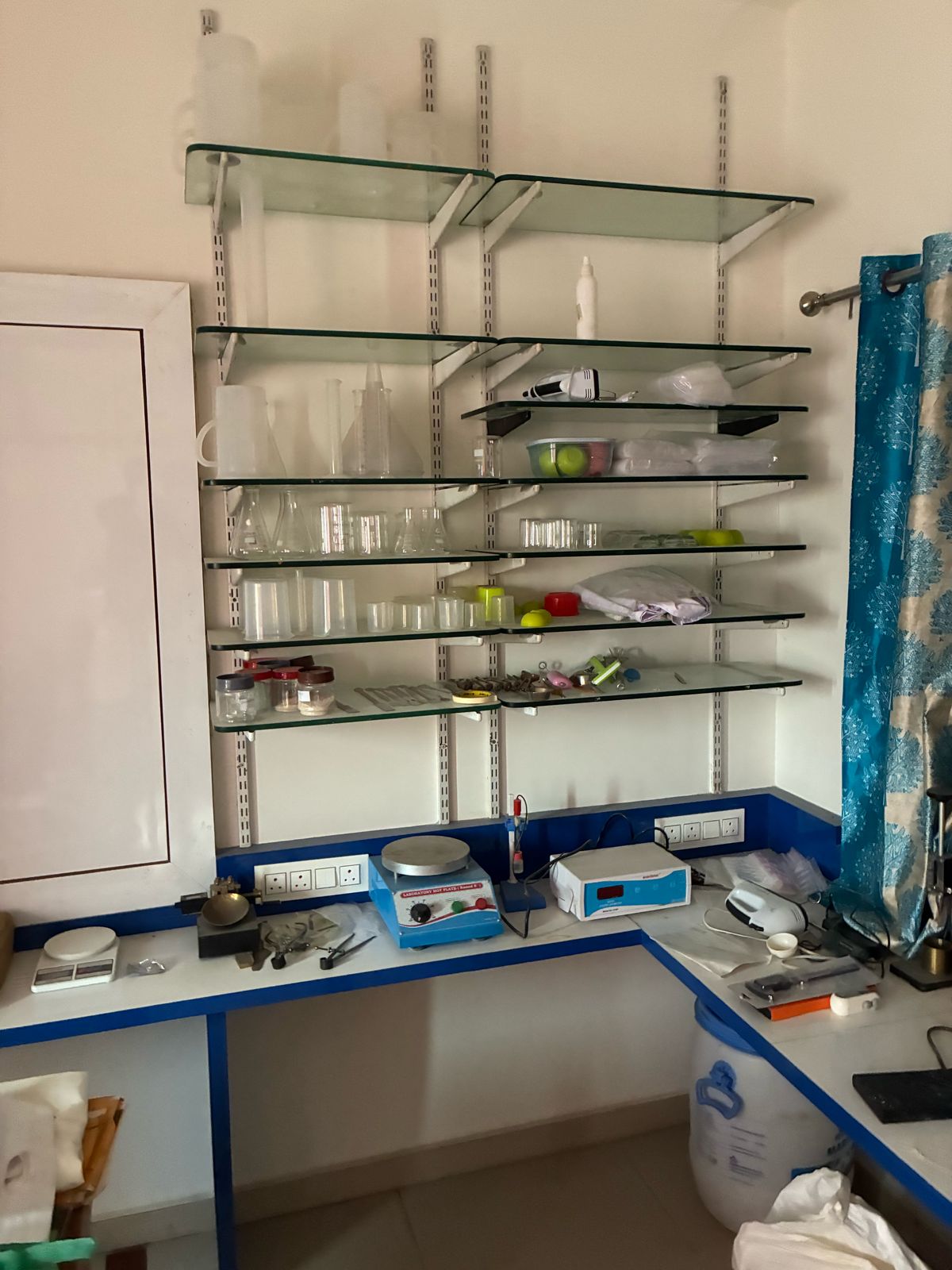
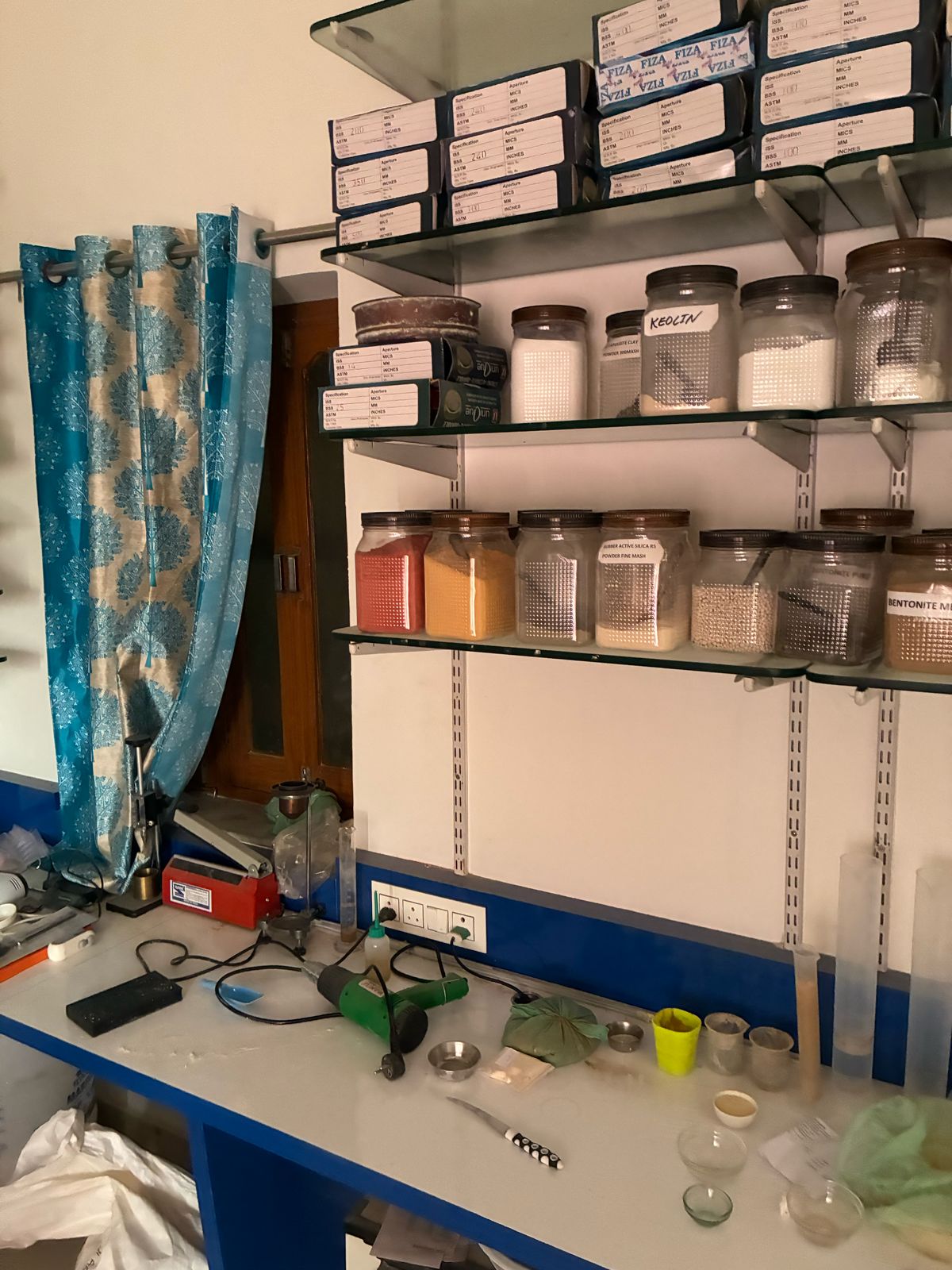
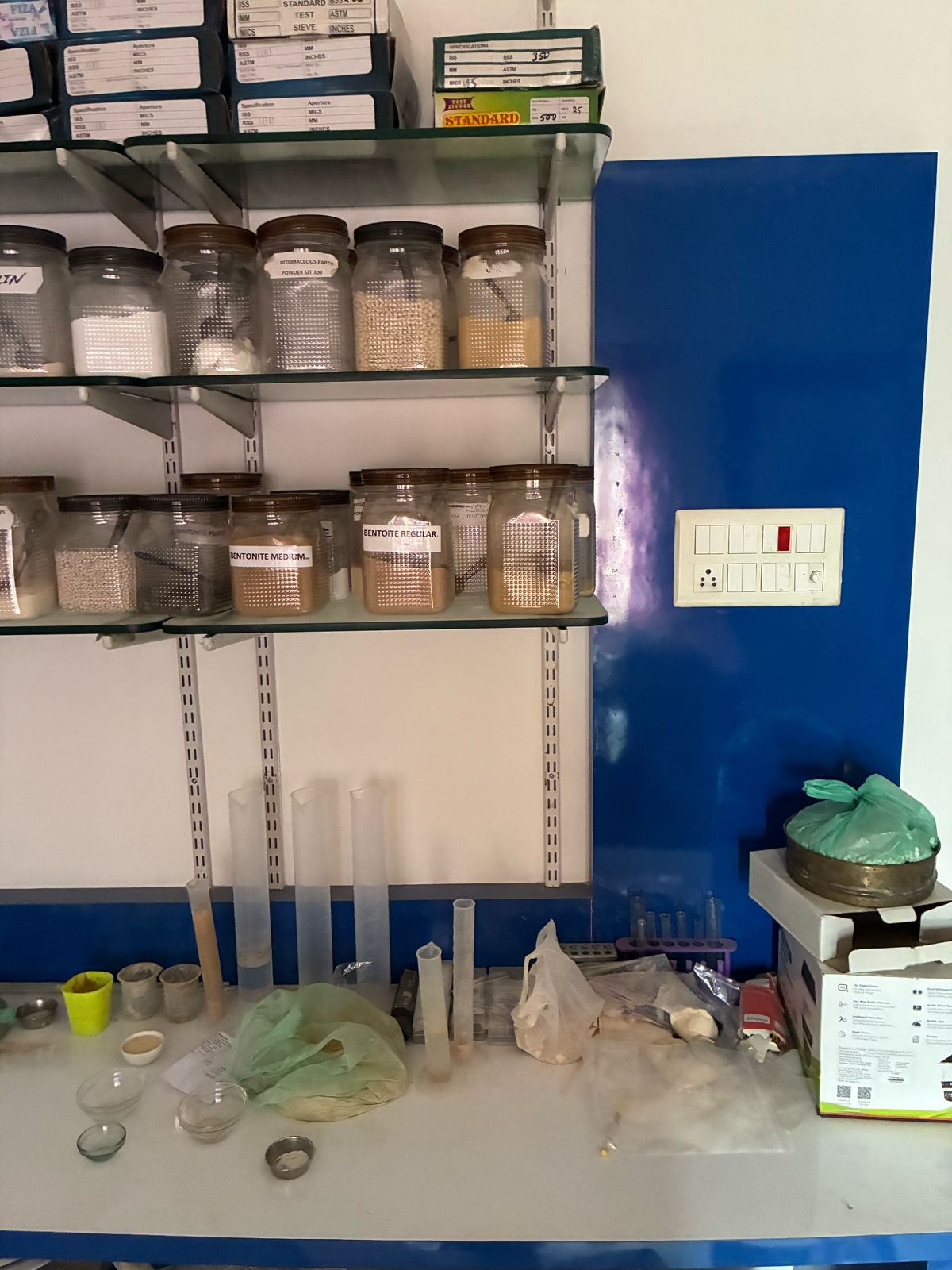
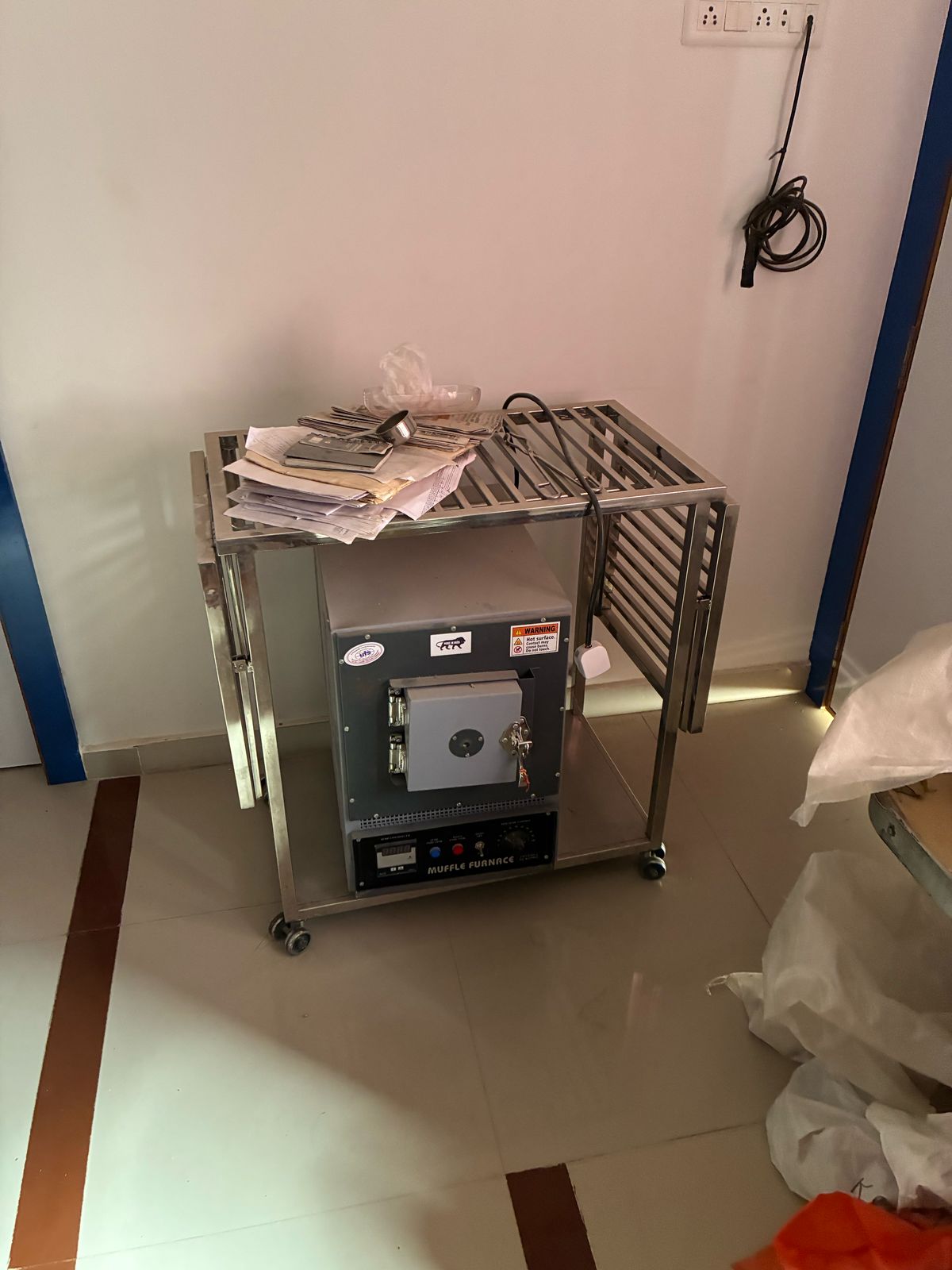
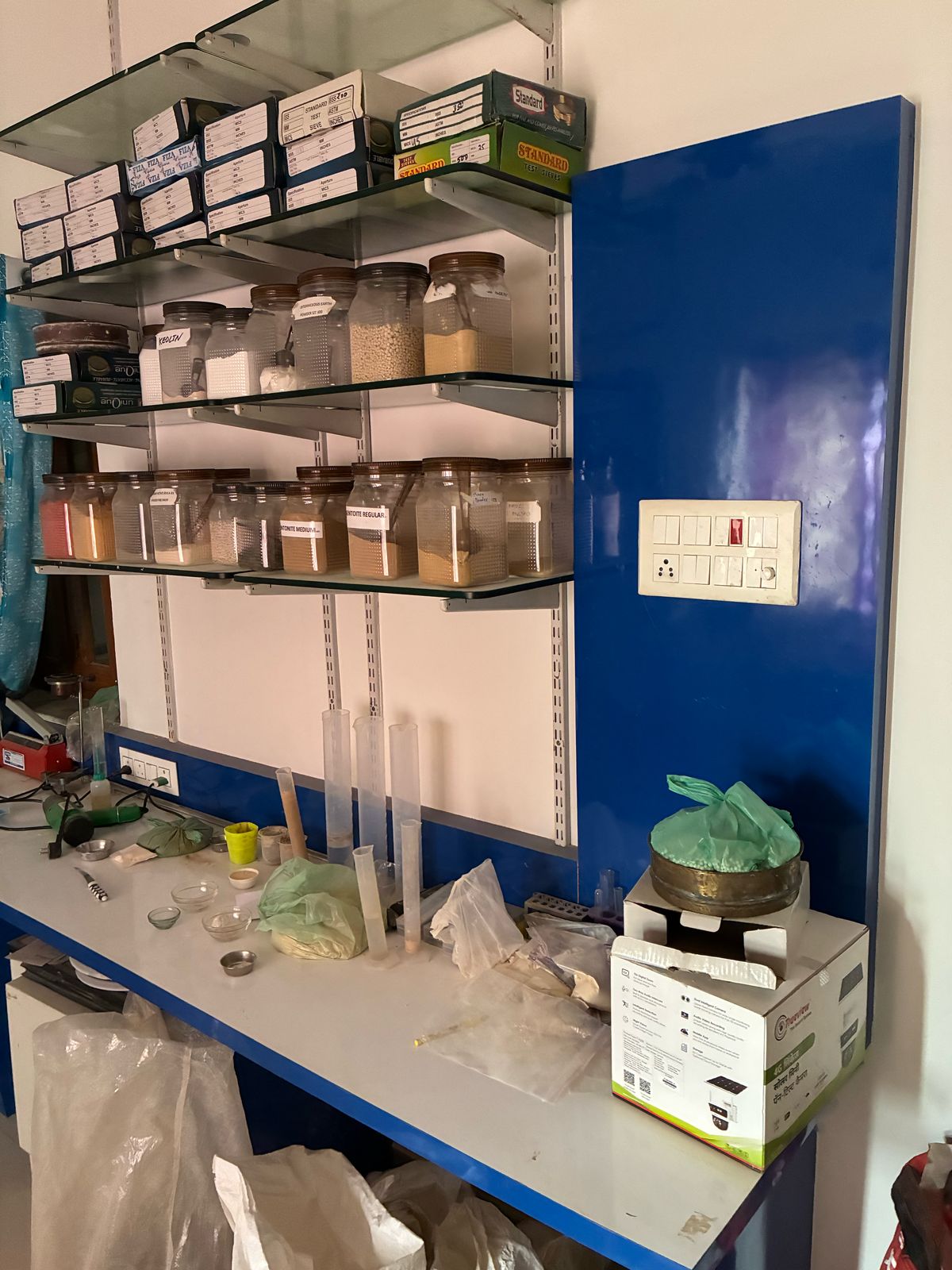
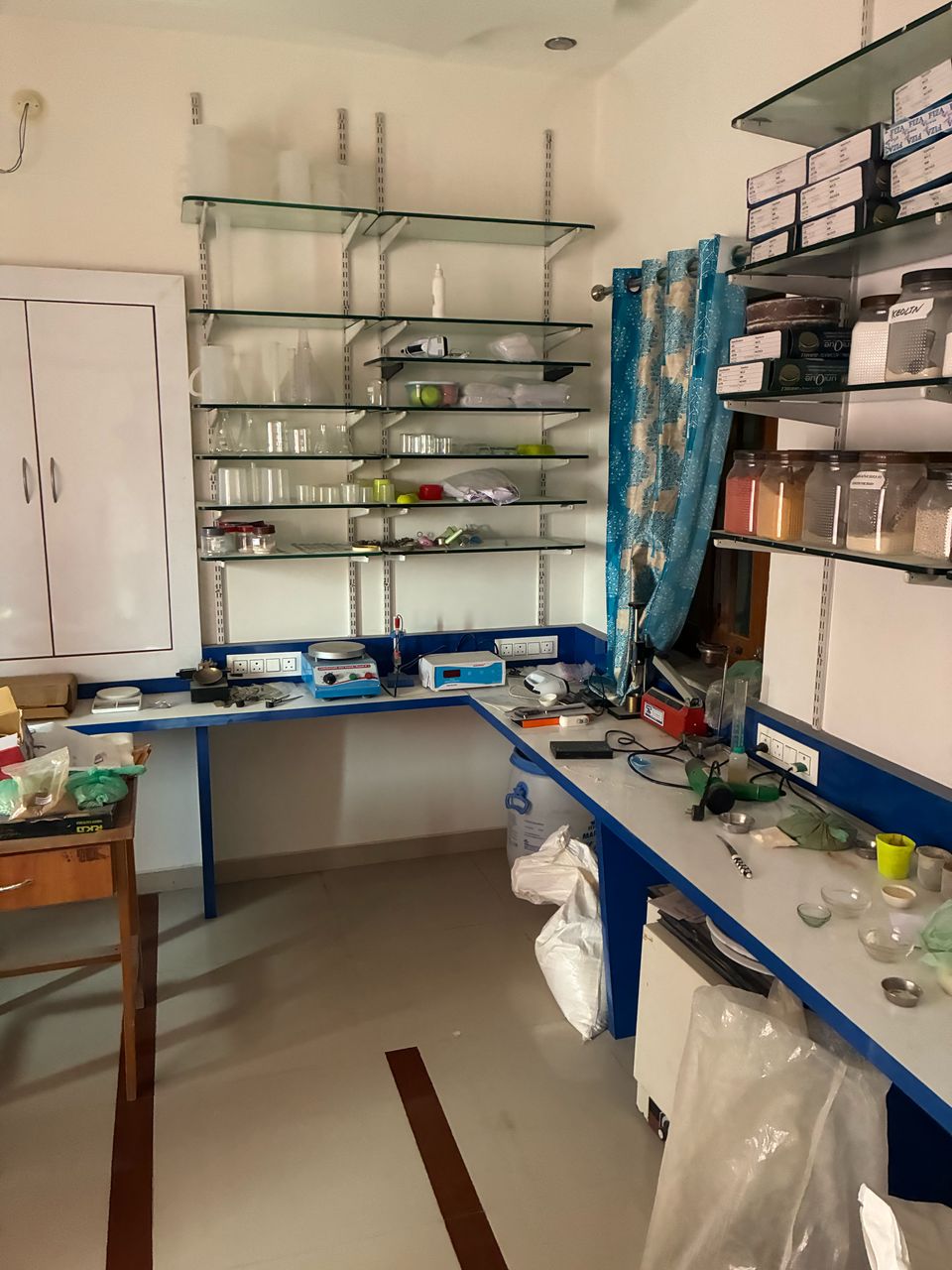

Our Brands
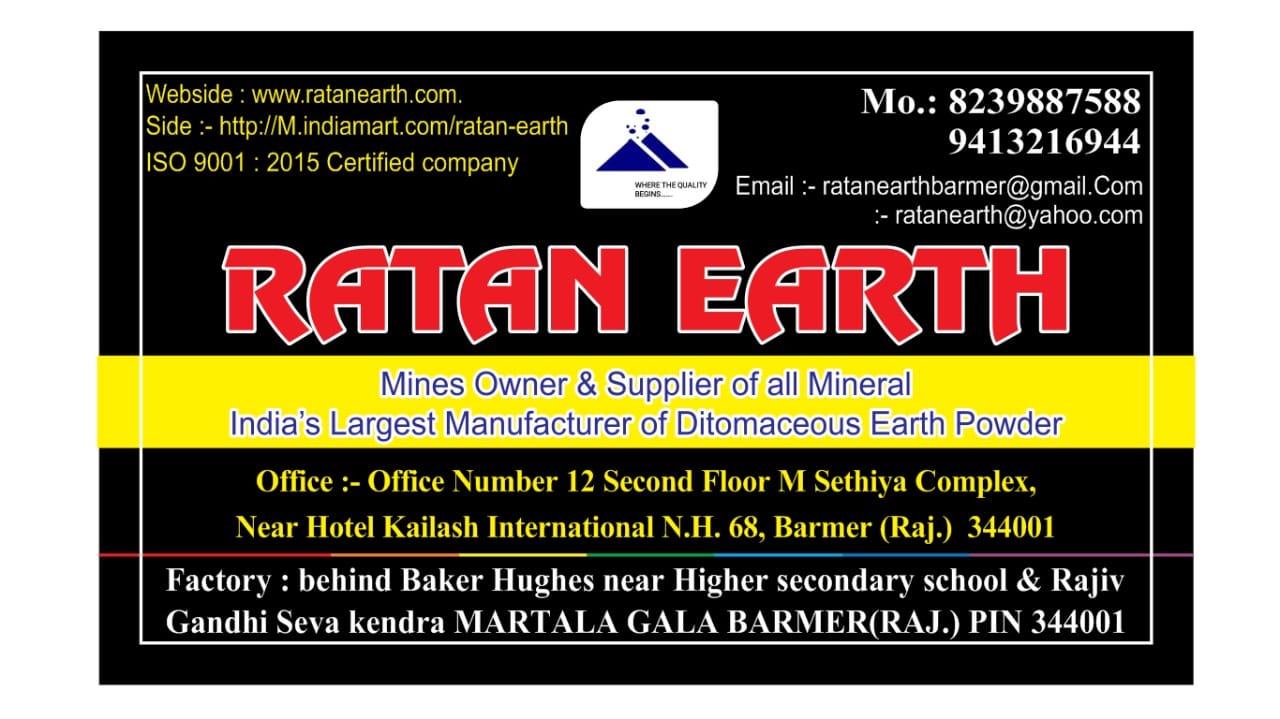
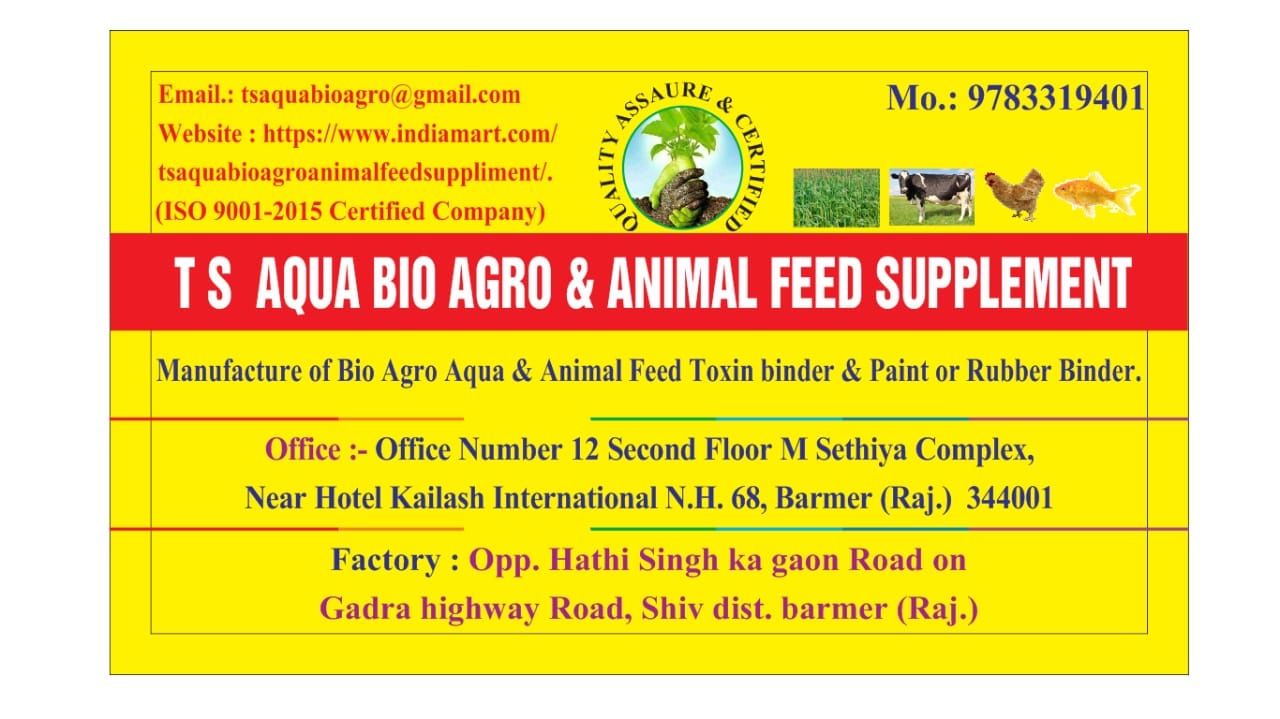
Contact Us
Get In Touch With Us
Visit Us
FACTORY ADD :-
Back bakar House, Opp.new high school,Mahabar pithal Road, Martala Gala, BARMER(Raj.)
OFFICE ADD:-
Flat number 12 second floor, M Sethiya Compex, Near Hotel kailash International N.H.68,BARMER(Raj.) 344001
CONTECT DETAILS:
RATANLAL KHATRI:- +919413216944, +918239887588
